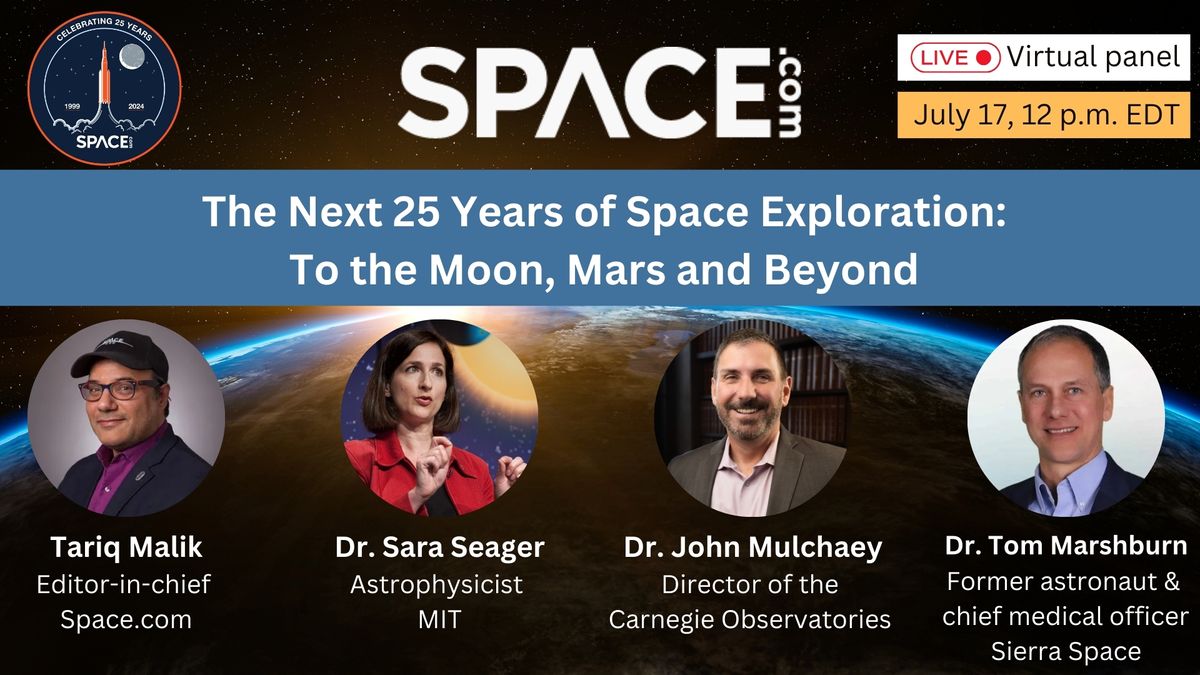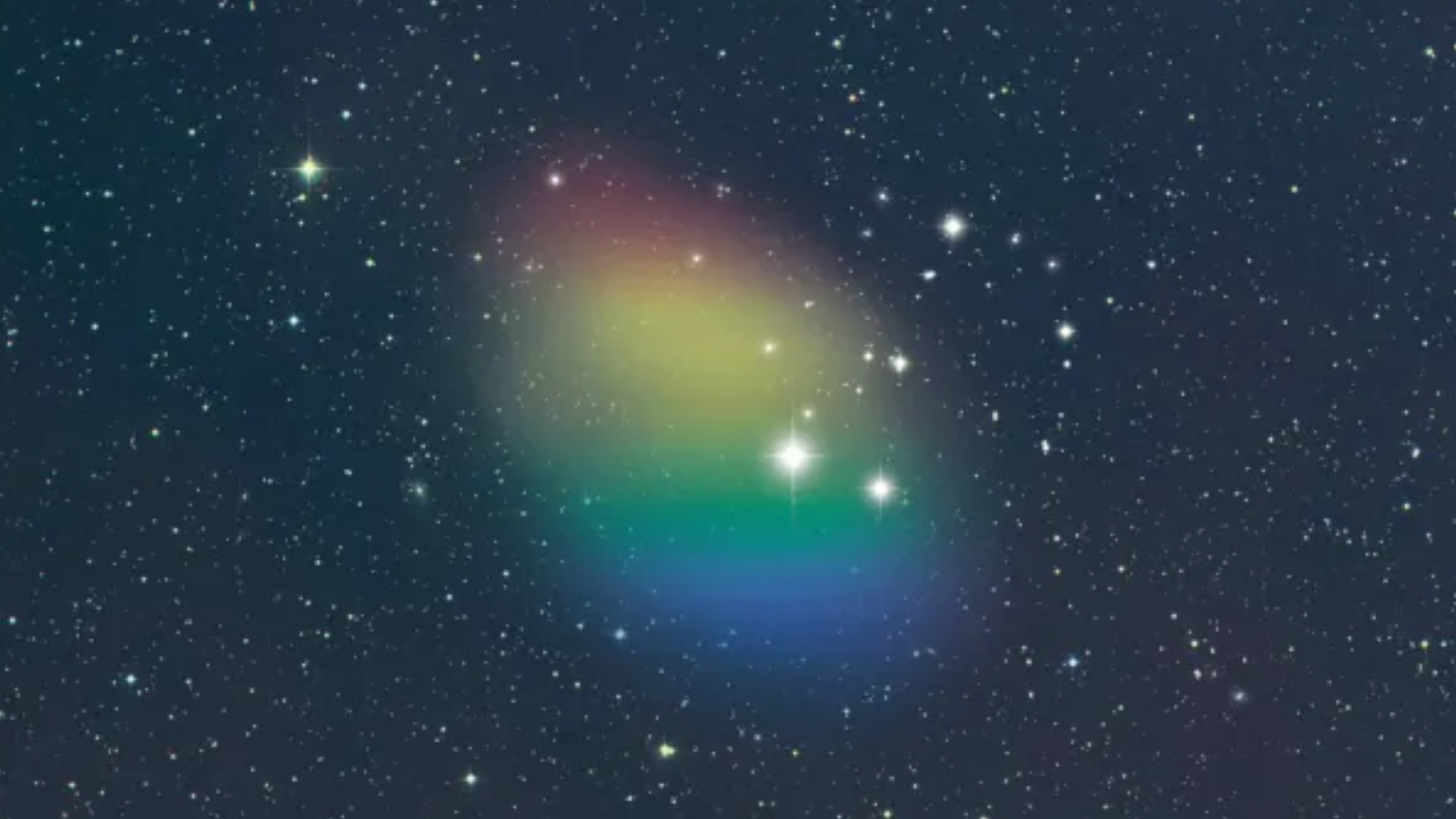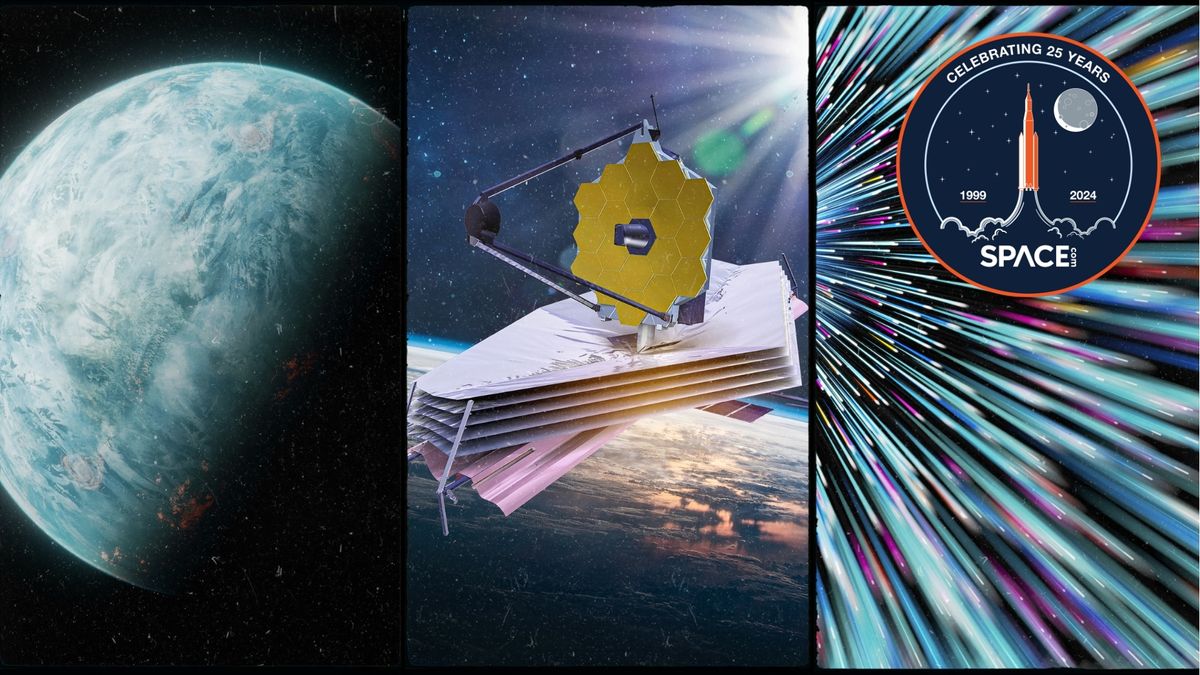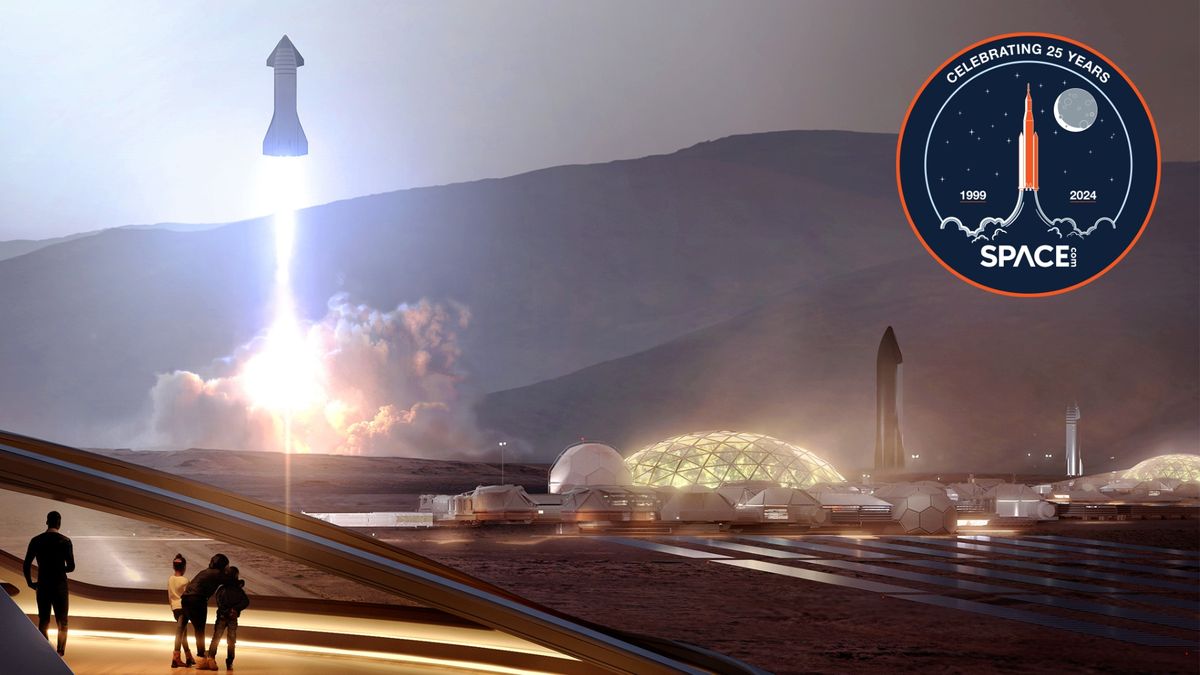
Space.com is celebrating its 25th anniversary by looking to the future of space exploration in a virtual panel titled 'The Next 25 Years of Space Exploration - To the Moon, Mars and Beyond'. The event, which will take place on July 17 at 12 p.m. EDT (1600 GMT/9 am PT/5 p.m. BST), will feature panelists Dr. Sara Seager from MIT, John Mulchaey from Carnegie Observatories, and Tom Marshburn, a medical doctor and engineer who spent 337 days in space over his career.
The past 25 years have seen significant advancements in space exploration. In April 1999, astronomers discovered the first planetary system outside our own, Upsilon Andromedae. This discovery disproved the notion that our solar system was unique and offered evidence for the existence of other planetary systems.
Since then, astronomers have made numerous discoveries in exoplanetary research, cosmology, and astrophysics. The private spaceflight sector has also seen significant growth, led by SpaceX and the rising ambitions of China. India has also made great strides in spaceflight.
By 2049, humanity may take major leaps into space. SpaceX regularly launches people to orbit for NASA and private customers like Axiom Space. Boeing's Starliner capsule recently embarked on its first-ever crewed flight to the International Space Station (ISS). Virgin Galactic and Blue Origin have launched paying customers on short trips to suborbital space.
SpaceX's Falcon 9 and Falcon Heavy rockets, as well as other private vehicles, carry satellites to orbit. Lower launch costs and advances in optics and electronics have made it possible to build highly capable satellites cheaply, quickly, and efficiently.
San Francisco-based companies Planet and Capella Space operate their own constellations of Earth-observing satellites, selling the imagery they collect.
Join us for 'The Next 25 Years of Space Exploration - To the Moon, Mars and Beyond' to learn more about what lies ahead in space exploration.





